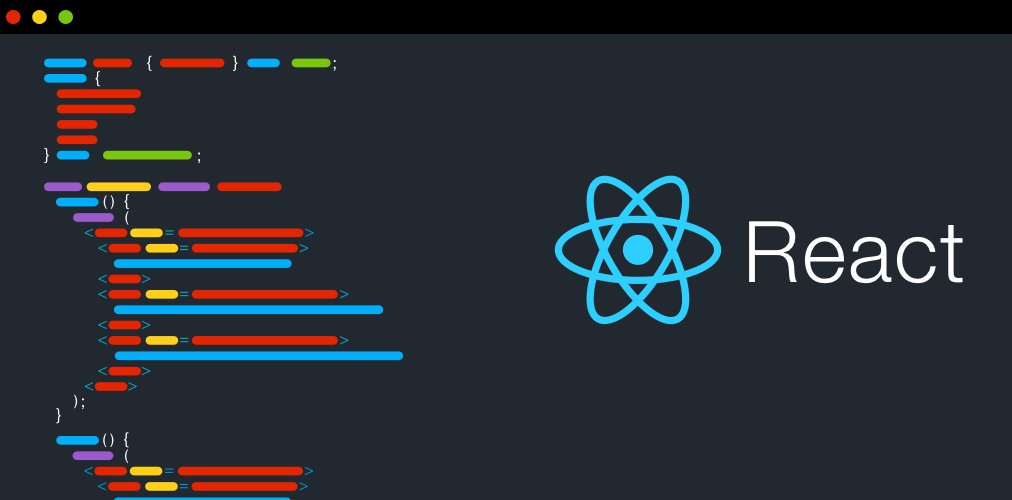Up until now, we were using fixtures.js to get the articles and comments and our actions were pure functions, which worked fine. But now we will get our data from an API endpoint just like what happens in the real world.
API calls are asynchronous, it means that there will be a small delay followed by success or failure of an API request. We are going to learn how to handle all these cases. Let’s start.
Setup
If you go to the repo, you will see a simple API already setup. Go into simple_api directory and run:
npm install
OR
npm install
This will install all the required packages and you will see a node_modules folder created for you.
Now, we have run the server and development server simultaneously as one will serve the requests yarn run API and the other one launches dev server for our app yarn start.
API and dev server both are running on different ports. We have to set up redirection to avoid any сrossdomain requests. Everything that goes to /API will be proxied to your API. It is now localhost:3001, but later it can be some remote address. You set up redirection and will have access to the article from both addresses:
http://localhost:3001/api/article
http://localhost:8080/api/article
Let’s start working on the implementation of API, we don’t want to keep using fixtures.js with static data.
At the moment, the api/article is returning all the articles. We need to limit the number of articles returned in one request as the number can be huge and we might not need everything at first. Moreover, we will make additional requests to get comments separately.
The Concept: How it works?
First, let us get a list of articles from API and get them displayed at our traditional address:
We will use fetch to call request API for articles. Any asynchronous API call can include three important phases that we need to address. We will see what are those and how to handle them using plain old synchronous action creators:
Start of request
- The first phase is when we start fetching data. We need to tell UI that data fetching has been started. We can do this by dispatching an action with a flag isFetching: true and then showing a loader/spinner based on this state.
Request finished successfully
- The second phase occurs when the request is completed successfully and we have the desired data in API response. We can then dispatch an action with data as payload and reset the flag isFetching to false. This will hide the spinner and render the data.
Request failed
- The third phase occurs when the request is failed and we don’t have the data to render. In this case, we have to inform the user that something bad has happened and we have met an error. We can dispatch an action with an error message and reset the flag isFetching to false. This will hide the spinner and show the error message.
Note: Only one phase from phase 2 or 3 happens in any API call. Requests will either be successful or failed.
#javascript #react #react lessons #programming #api
